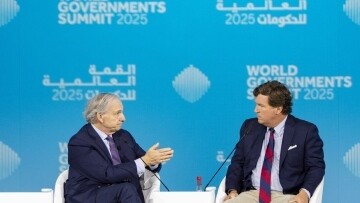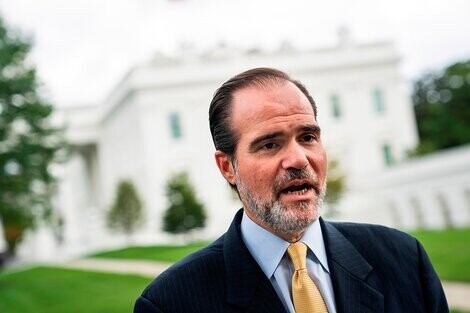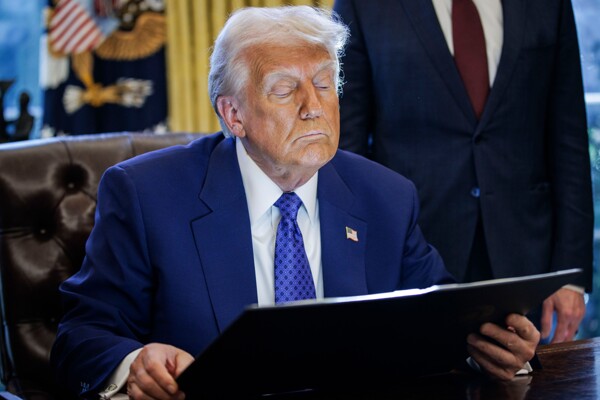
Ray Dalio, a renowned macro investor and founder of the largest hedge fund in the world, Bridgewater Associates, outlined five fundamental forces shaping today's world and issued a severe warning about the approaching global long-term crisis during a keynote speech with Taker Carlson on the closing day of the World Government Summit 2025. Dalio described the long-term crisis as a challenge that is imminent and could potentially destabilize, warning that an unprecedented level of global debt poses a serious threat to economic stability.
He understands the dynamics of global transformation through five key forces acting cyclically that shape economies and societies worldwide: monetary-credit policy and bond markets, internal order and disorder, shifts in geopolitical power, natural forces – including climate change, pandemics, and natural disasters – and technological advancements.
"The United States pays $1 trillion annually in interest on the debt," Dalio warned, exacerbating the pressure created on financial markets. If the issuance of debt continues to exceed demand, obligated holders could become net sellers, creating an artificial supply. This could lead to a rise in interest rates, cause economic hardship, and compel central banks to print money to cover deficits, devaluing currencies and destabilizing markets.
Although the U.S. is a stark example, Dalio stressed that this issue extends beyond America, affecting major economies globally, including China and Europe. To prevent serious economic repercussions, Dalio argued that the U.S. deficit, currently at 7.5% of GDP, has to be reduced to 3%.
"Expecting excessively long-term rates is like ignoring the warning signs before a heart attack occurs," he stated. Within economic policy, Dalio emphasized the profound impact of artificial intelligence and technology, predicting that in just four years, technological breakthroughs would reshape economies and societies at an unprecedented rate – akin to travelling through a time machine. Achieving this requires a delicate balance of tax corrections, reduced spending, and managing interest rates.
He called on policymakers to set aside ideological divisions and prioritize pragmatic financial reforms. Historically, as he pointed out, similar measures were successfully implemented between 1992 and 1998 – demonstrating that such corrections are possible if approached strategically. However, time remains increasingly limited.














